Kyoto soba confectioner launches store in wooden machiya townhouse
A celebrated Kyoto soba confectioner and restaurant, Honke Owariya, offers a custom-built outlet for its sweet treats courtesy of Osaka-based designer Teruhiro Yanagihara
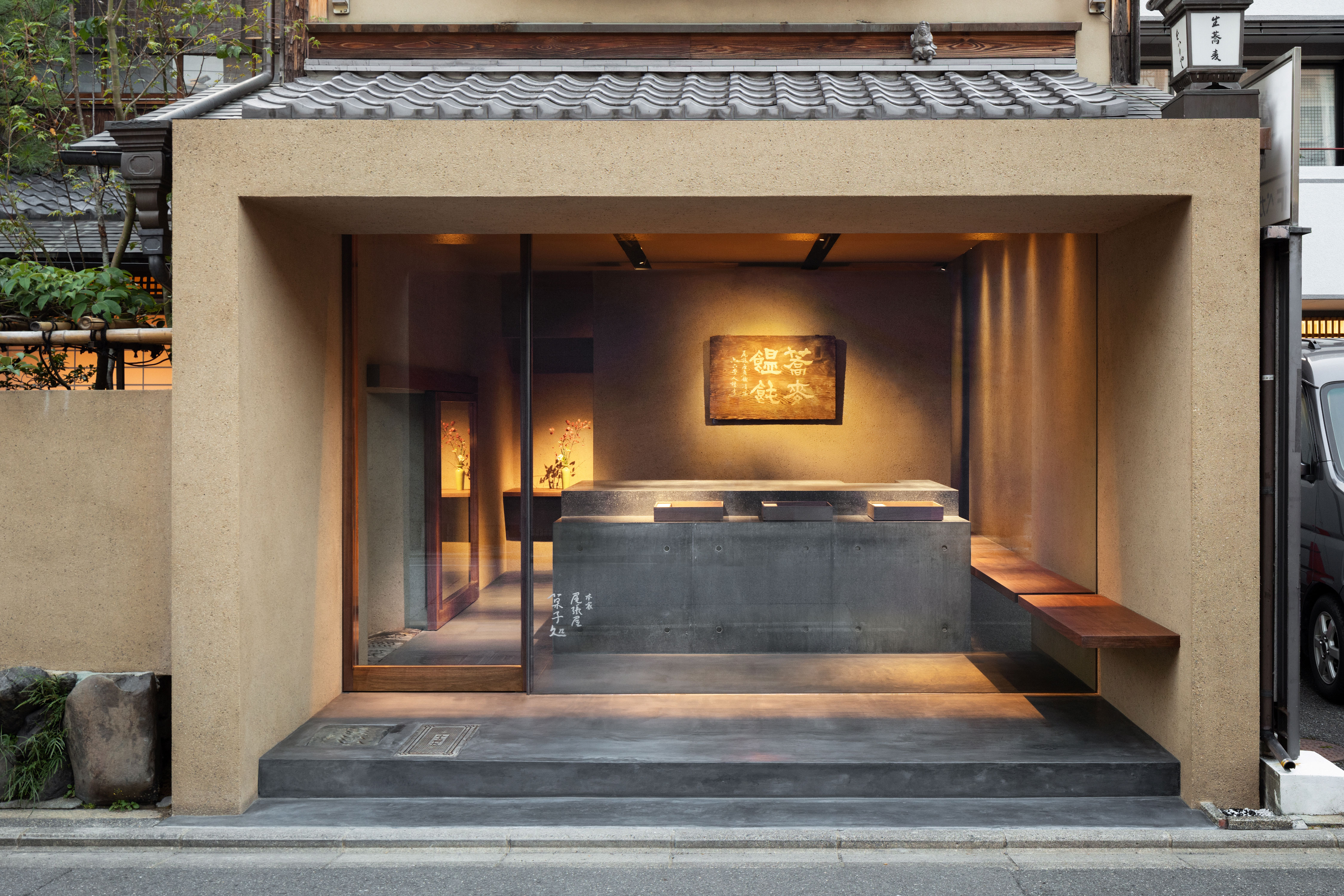
Takumi Ota - Photography
The street view of Honke Owariya, widely regarded as Kyoto’s oldest soba confectioners and restaurant, reflects a peaceful collision of past and present. On the left, a split noren curtain leads into a 19th century wooden machiya townhouse with sliding paper screens and tatami floors, where soba noodles are served. On the right, a wall of glass captures a painting-like view of a minimalist interior, the contemporary lines of a concrete block counter softened by plaster walls and an artfully-lit flower arrangement in the rear corner.
The modern space, created by Osaka-based designer Teruhiro Yanagihara, is a new dedicated sweets shop within Honke Owariya, a historic Kyoto establishment whose 15th-century roots are closely entwined with the city’s Zen temples. Honke Owariya is today run by 16th generation owner Ariko Inaoka, who asked Yanagihara to transform an empty bicycle parking space next to the soba restaurant. ‘From the beginning, I was very excited to see how his modern and minimal aesthetics connect to the 130-year-old machiya,’ says Inaoka, who is also an acclaimed photographer.
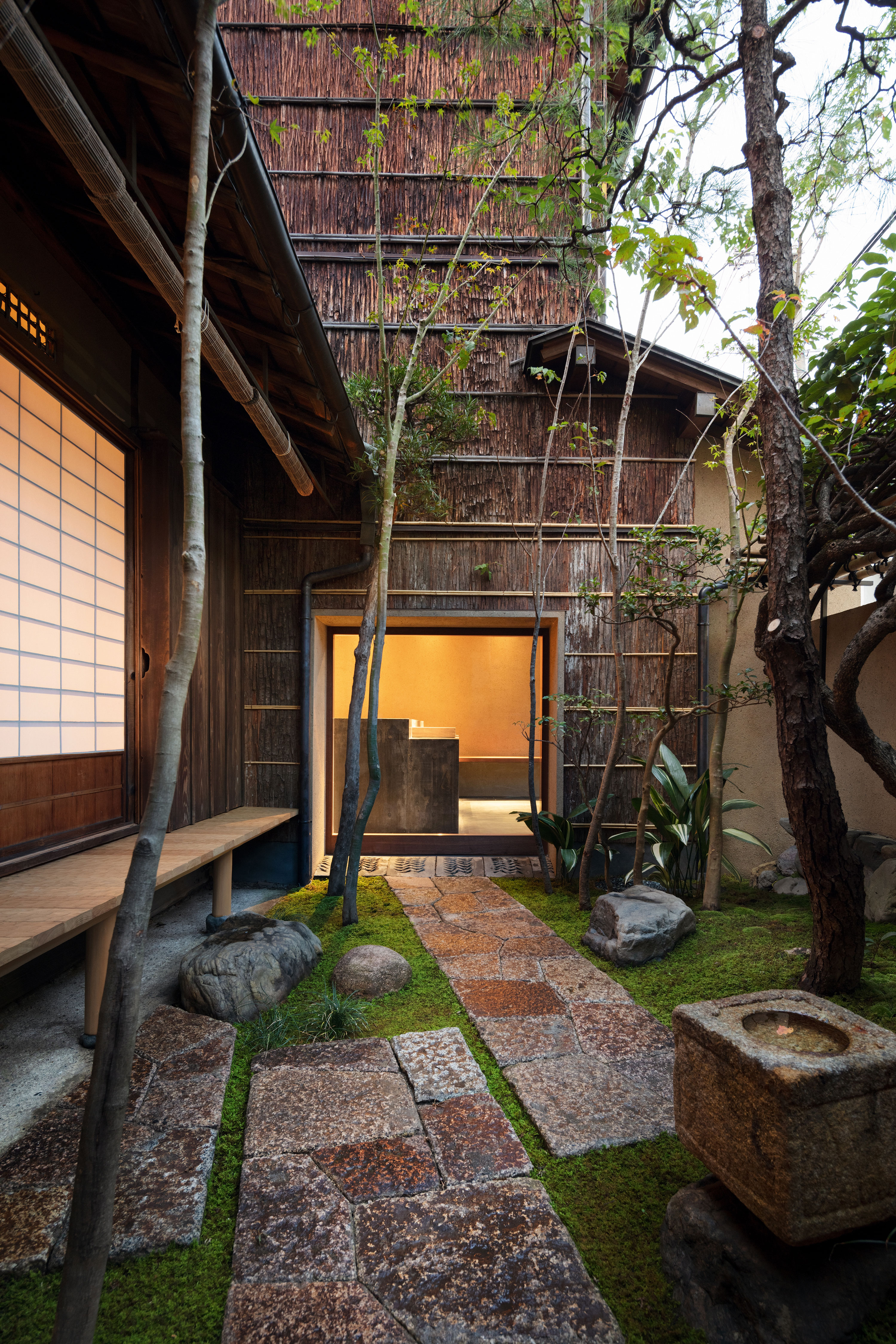
At the main branch of Honke Owariya, located on Niomontsukinukecho in Kyoto, a wall of glass showcases the minimalist interior of its new outlet dedicated solely to soba sweets, while a side door crosses a threshold of graphic tiles to lead into a walled garden
For Yanagihara, creative director of ceramics brand 1616/Arita Japan, the restaurant’s long history is a thread that runs through the design. ‘I thought about how to create a modern space, using traditional materials and construction methods.’ Swathes of sakan plaster walls are a subtle nod to such heritage: a specialist craftsman mixed buckwheat husks (left over from making soba noodles) into the earthenware plasterwork, adding a warm organic texture to the clean-lined space.
The plasterwork connects restaurant and sweet shop structurally as well as symbolically: it smoothly flows from an exterior wall outside the restaurant into the entire framework of the sweet shop’s open box-like container, where a glass façade, set back slightly, leads into the space. Inside, a solid concrete counter sits centre stage, its smooth top surface polished to expose a tactile composition of river gravel, contrasting with the sides which retain a raw industrial edge. Here, beneath an old shop sign on the wall, wooden boxes display the crafted confectionery for which Honke Owariya is famed – from soba rice cakes to melt-in-the-mouth soba warabi-mochi. The space is further punctuated by minimal strokes of black walnut door frames sharply lined with copper – materials rarely seen in traditional Japanese architecture – alongside discreetly atmospheric lighting by New Light Pottery (see W*236).
‘Details are important because the space is small,’ explains Yanagihara, who has also recently opened a studio in Arles, France. ‘I always think about how to fuse the organic softness and hard sharpness of each material’s characteristics.’ Another highlight is a glass door on the side – as cleanly-cut as a picture frame – which slides open onto a walled garden of stone and moss that flows towards the machiya entrance, again connecting shop to restaurant. The nuanced layers of Kyoto’s rich culture are discernible in the side door, which is notably low in height – a modern riff on the small, humbling nijiriguchi door found at the entrance of traditional tea ceremony rooms.
Meanwhile, old roof tiles, inflected with graphic motifs – a happy discovery, found buried in the garden during renovations – are laid on the floor at the side threshold. ‘I was careful to smoothly connect the main historical building and the new design space by the garden and walls,’ explains Yanagihara. ‘I wanted to transform it into a space with a sense of tradition and innovation, integrating old and new.’ Adds Inaoka: ‘It’s created a very special beauty that I have never seen before in Kyoto.’
INFORMATION
Wallpaper* Newsletter
Receive our daily digest of inspiration, escapism and design stories from around the world direct to your inbox.
Danielle Demetriou is a British writer and editor who moved from London to Japan in 2007. She writes about design, architecture and culture (for newspapers, magazines and books) and lives in an old machiya townhouse in Kyoto.
Instagram - @danielleinjapan
-
 Australian bathhouse ‘About Time’ bridges softness and brutalism
Australian bathhouse ‘About Time’ bridges softness and brutalism‘About Time’, an Australian bathhouse designed by Goss Studio, balances brutalist architecture and the softness of natural patina in a Japanese-inspired wellness hub
By Ellie Stathaki
-
 Marylebone restaurant Nina turns up the volume on Italian dining
Marylebone restaurant Nina turns up the volume on Italian diningAt Nina, don’t expect a view of the Amalfi Coast. Do expect pasta, leopard print and industrial chic
By Sofia de la Cruz
-
 Tour the wonderful homes of ‘Casa Mexicana’, an ode to residential architecture in Mexico
Tour the wonderful homes of ‘Casa Mexicana’, an ode to residential architecture in Mexico‘Casa Mexicana’ is a new book celebrating the country’s residential architecture, highlighting its influence across the world
By Ellie Stathaki
-
 Giant rings! Timber futurism! It’s the Osaka Expo 2025
Giant rings! Timber futurism! It’s the Osaka Expo 2025The Osaka Expo 2025 opens its microcosm of experimental architecture, futuristic innovations and optimistic spirit; welcome to our pick of the global event’s design trends and highlights
By Danielle Demetriou
-
 2025 Expo Osaka: Ireland is having a moment in Japan
2025 Expo Osaka: Ireland is having a moment in JapanAt 2025 Expo Osaka, a new sculpture for the Irish pavilion brings together two nations for a harmonious dialogue between place and time, material and form
By Danielle Demetriou
-
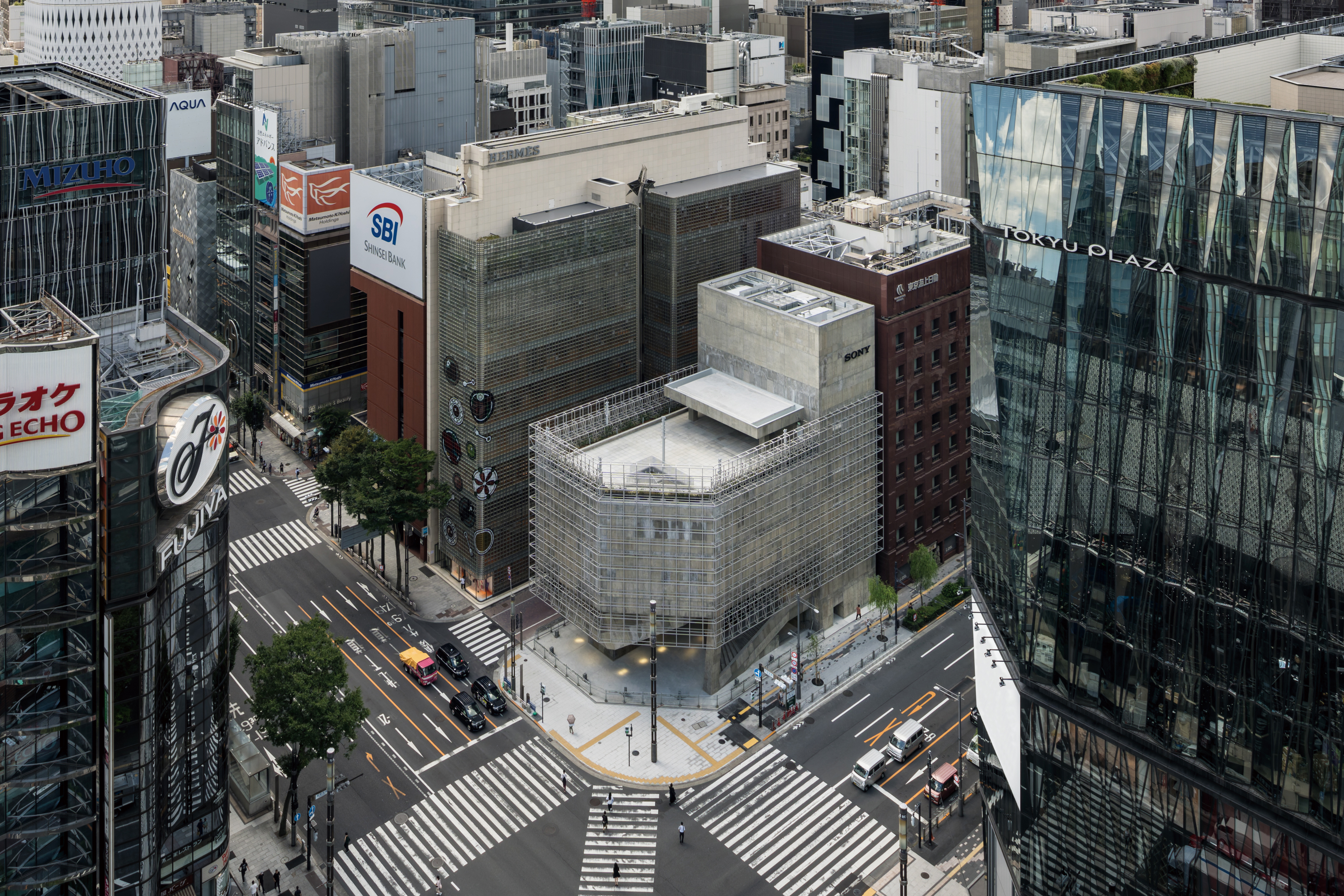 Tour the brutalist Ginza Sony Park, Tokyo's newest urban hub
Tour the brutalist Ginza Sony Park, Tokyo's newest urban hubGinza Sony Park opens in all its brutalist glory, the tech giant’s new building that is designed to embrace the public, offering exhibitions and freely accessible space
By Jens H Jensen
-
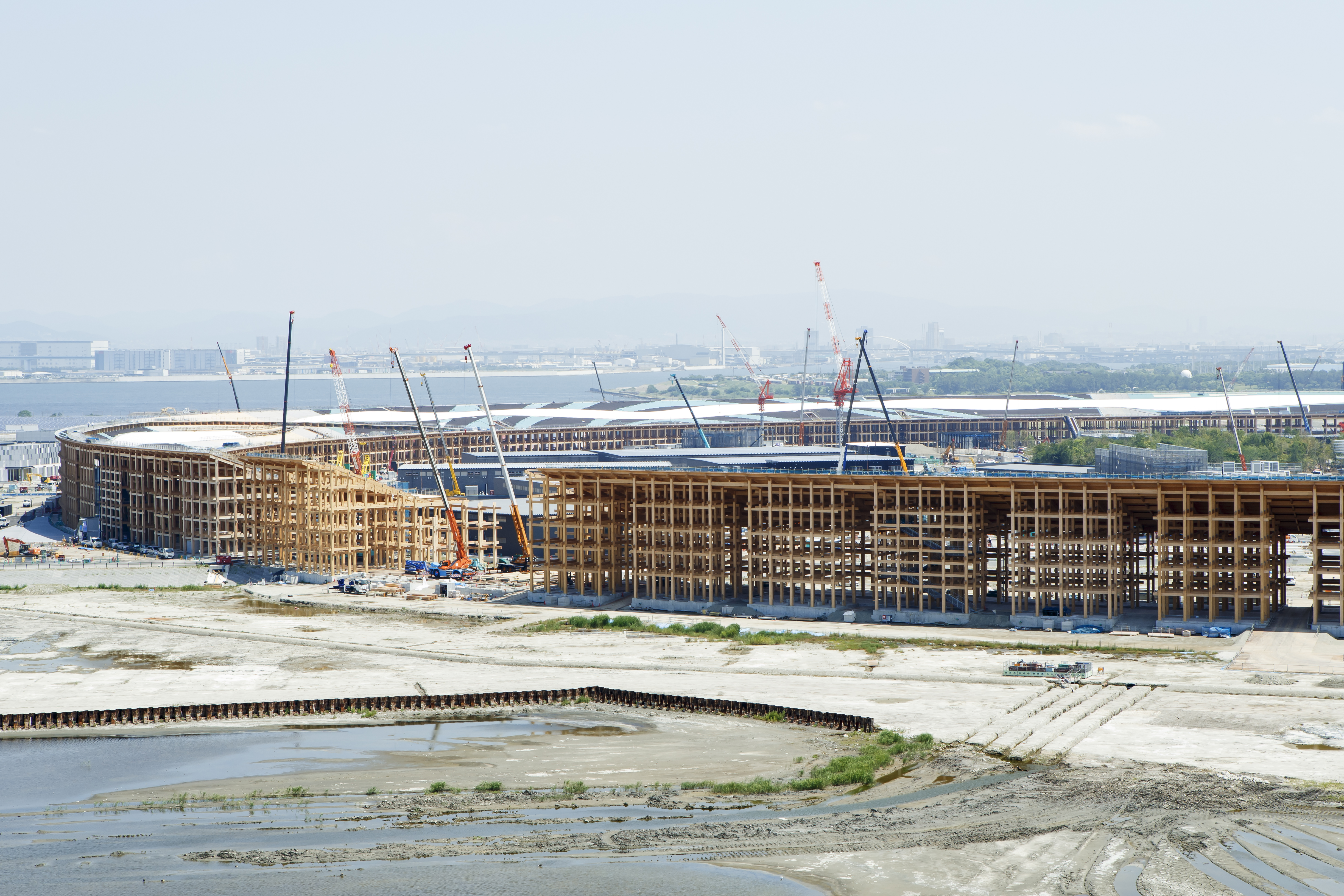 A first look at Expo 2025 Osaka's experimental architecture
A first look at Expo 2025 Osaka's experimental architectureExpo 2025 Osaka prepares to throw open its doors in April; we preview the world festival, its developments and highlights
By Danielle Demetriou
-
 Ten contemporary homes that are pushing the boundaries of architecture
Ten contemporary homes that are pushing the boundaries of architectureA new book detailing 59 visually intriguing and technologically impressive contemporary houses shines a light on how architecture is evolving
By Anna Solomon
-
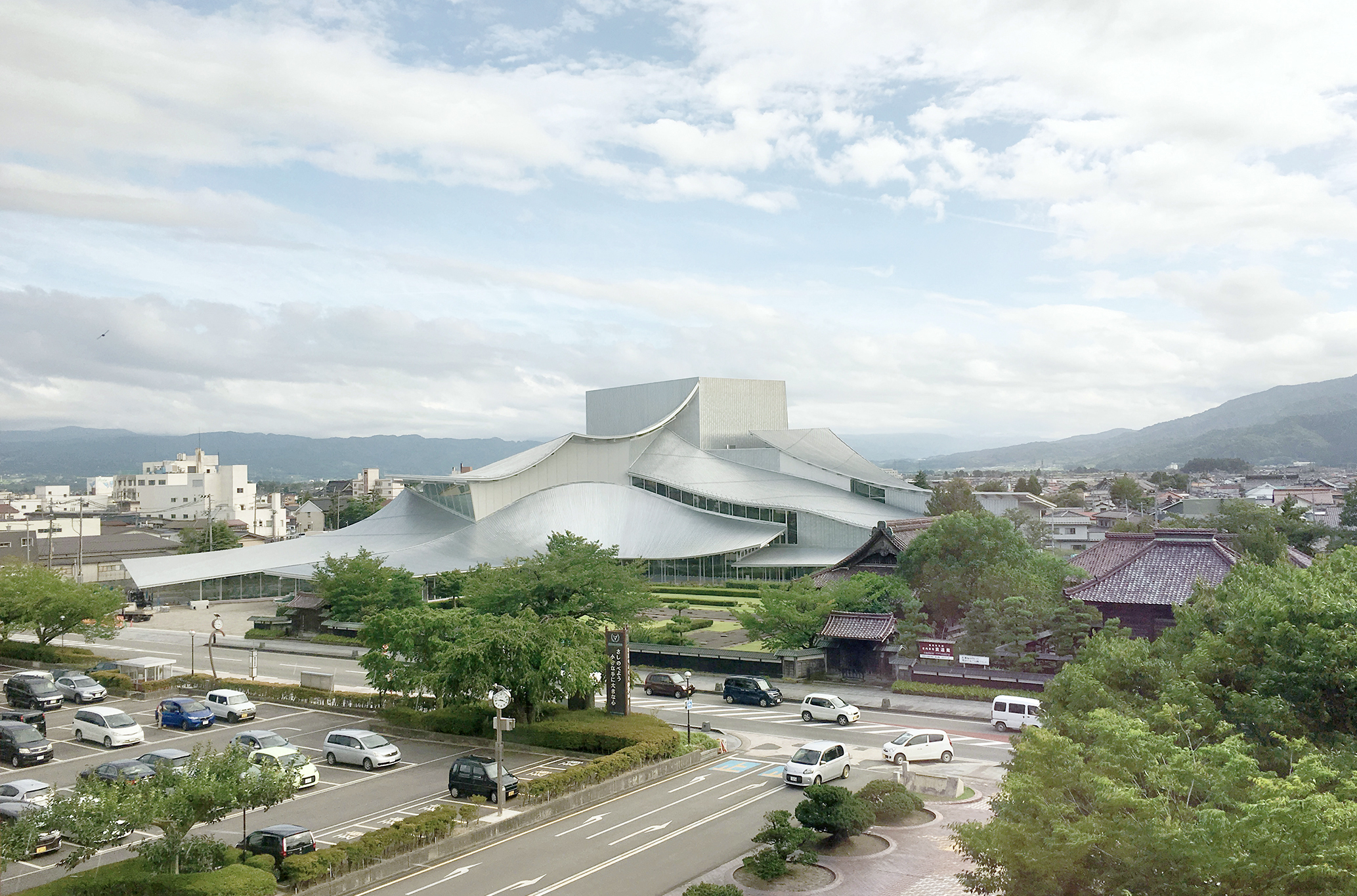 And the RIBA Royal Gold Medal 2025 goes to... SANAA!
And the RIBA Royal Gold Medal 2025 goes to... SANAA!The RIBA Royal Gold Medal 2025 winner is announced – Japanese studio SANAA scoops the prestigious architecture industry accolade
By Ellie Stathaki
-
 Architect Sou Fujimoto explains how the ‘idea of the forest’ is central to everything
Architect Sou Fujimoto explains how the ‘idea of the forest’ is central to everythingSou Fujimoto has been masterminding the upcoming Expo 2025 Osaka for the past five years, as the site’s design producer. To mark the 2025 Wallpaper* Design Awards, the Japanese architect talks to us about 2024, the year ahead, and materiality, nature, diversity and technological advances
By Sou Fujimoto
-
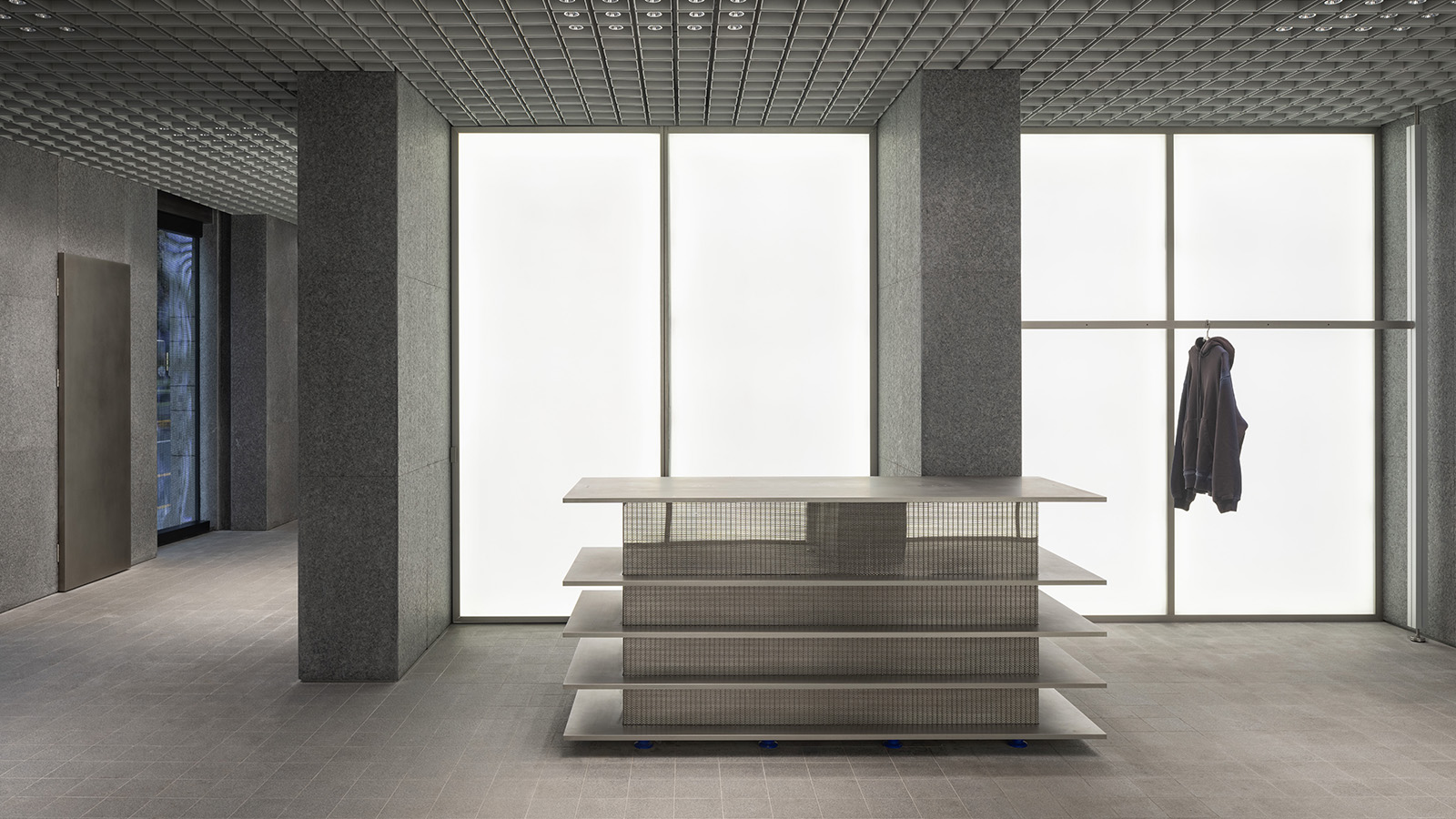 Raw, refined and dynamic: A-Cold-Wall*’s new Shanghai store is a fresh take on the industrial look
Raw, refined and dynamic: A-Cold-Wall*’s new Shanghai store is a fresh take on the industrial lookA-Cold-Wall* has a new flagship store in Shanghai, designed by architecture practice Hesselbrand to highlight positive spatial and material tensions
By Tianna Williams